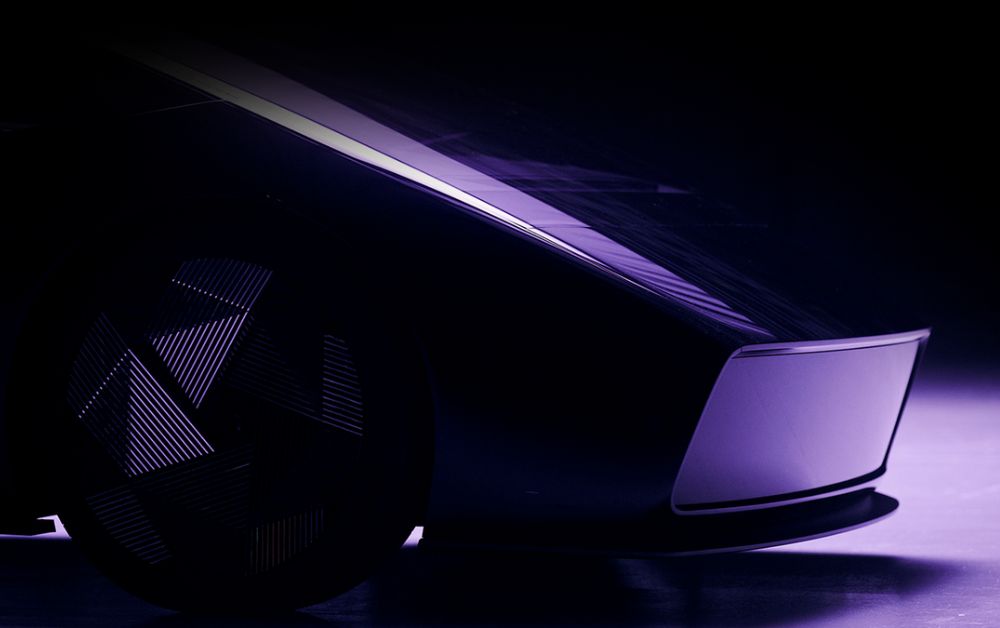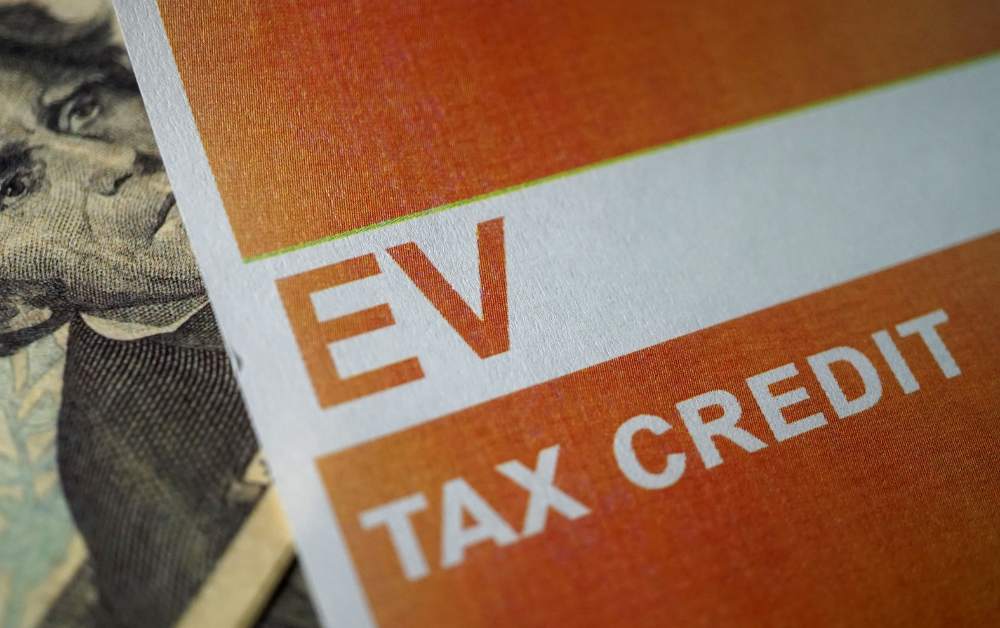In the ever-evolving landscape of the automotive industry, the seismic rise of affordable Chinese electric vehicles has triggered a transformative race among legacy automakers. Faced with the disruptive force of models like BYD’s Dolphin hatchback, priced significantly below their traditional counterparts, established players are compelled to reevaluate their strategies.
This article delves into the urgency sweeping the automotive landscape as automakers globally navigate the challenges posed by the surge in demand for cost-effective electric vehicles (EVs). From groundbreaking innovations to strategic collaborations, the industry is witnessing a concerted effort to unlock affordability and remain competitive in the face of the Chinese electric vehicle revolution.
The Rise of Chinese Electric Vehicles Spurs Urgency for Affordable Alternatives
Legacy automakers are feeling the heat as cheap Chinese electric vehicles gain popularity. Brands like BYD are disrupting the market with affordable models such as the Dolphin hatchback, priced at around US $33,000 in the U.K., almost 30% below the VW ID3 hatchback.
Pressure Mounts as Automakers Seek to Slash Costs
The influx of budget-friendly Chinese EVs has compelled traditional automakers to reevaluate their strategies. Collaborating with suppliers, from battery material manufacturers to chipmakers, they are striving to cut costs and expedite the development of economical EVs.
Andy Palmer, Chairman of U.K. startup Brill Power, emphasizes the necessity for automakers to focus on affordable vehicles to stay competitive against Chinese manufacturers. Brill Power’s innovations could potentially enhance EV range by 60%, allowing for smaller, more cost-effective batteries.
Reducing Costs: A Universal Priority
Renault and Stellantis are already planning substantial cost reductions for their EVs, aiming for price parity with fossil-fuel models. Even industry giants like Volkswagen Group and Tesla are working on 25,000-euro EVs, reflecting the industry-wide emphasis on affordability.
Vincent Pluvinage, CEO of OneD Battery Sciences, highlights the universal commitment to cost reduction in the EV sector. OneD’s innovative approach incorporates silicon nanowires into graphite EV battery anode material, potentially saving nearly 50% in costs.
Technological Innovations for Cost-Effective EVs
Companies like Veekim in Germany are exploring alternatives, developing an EV motor using ferrite instead of rare earths. This, along with cost-effective processes such as 3D-printed copper wiring, could reduce an EV motor’s price by 20%.
Beyond startups, established players like chip maker NXP and Siemens are actively contributing to cost reduction efforts. NXP aims to decrease the number of electronic control units in EVs, while Siemens’ software simulation, digital twins, can cut expensive EV development time in half.
Global Responses to the Challenge
European automakers are responding to the threat posed by lower-cost EVs from China. U.S. automakers, while benefiting from subsidies, are also striving for more affordable EV options. GM and Ford are among those leading the charge, implementing strategies like developing cheaper battery packs and increasing in-sourcing of parts.
Suppliers Innovating for Cost-Efficiency
Suppliers are playing a crucial role in the pursuit of affordable EVs. Companies like CelLink have developed innovations such as laminate sheets to replace wire harnesses, reducing production costs and streamlining manufacturing.
Israeli startup Addionics introduces porous, three-dimensional electrode battery materials that promise faster charging and a 30% boost in EV range. The focus is not just on performance but on achieving projected savings, addressing automakers’ key concern of lowering costs.
In conclusion, the automotive industry’s collective efforts to compete with the affordability of Chinese electric vehicles are fostering innovation and reshaping the landscape for electric mobility.
Conclusion:
As the race for affordable electric vehicles intensifies, the automotive industry finds itself at a pivotal juncture of innovation and adaptation. The imperative to keep pace with the budget-friendly Chinese EVs has spurred a wave of technological advancements and strategic maneuvers by legacy automakers.









